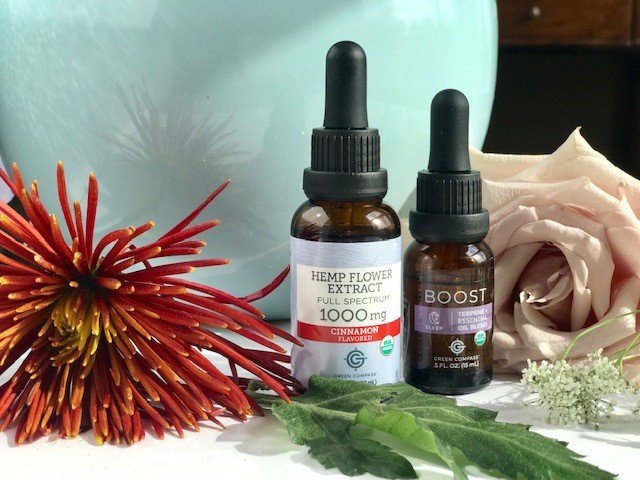
What is it exactly? How is cannabidiol oil made? What are its alleged benefits – and where does the research stand? Are these products perfectly legal? At a time when CBD retailers are multiplying like mushrooms on the French territory, offering products of varying quality and not always 100% compliant with the regulations, it is essential to take stock of CBD oil and lift the veil on the many mysteries that surround it.
What is CBD oil?
Behind this somewhat barbaric term lies one of the two active substances found in large quantities in the hemp plant (CBD Sativa), the other being “THC”, or “tetrahydrocannabinol”. Although these are the most abundant molecules in the cultivated plant, they are far from being the only ones: more than 100 cannabinoids have been identified to date, and research on this point has not yet had its last word.
THC is undoubtedly the cannabinoid best known to the general public. It is the one that is consumed for recreational purposes because its psychoactive effects cause changes in the state of consciousness. In other words, the one that makes you “high”. This is what we think of when we talk about “CBD”, without knowing that this term is only a generic qualifier applied to the hemp plant. CBD is the “sober” counterpart of THC: devoid of psychotropic effects, it would even tend to attenuate the neurological repercussions of its cousin, and would not cause any dependence while having at least similar therapeutic properties. This explains why the scientific world is so interested in it.
Cannabidiol, once extracted from the hemp plant, can be consumed in different forms, CBD oil being one of the most effective. Ingested after being mixed with food or drink, or absorbed sublingually, the oil bypasses the digestive system and produces faster effects, within 10 minutes.

How is CBD oil made?
CBD oil is made by mixing cannabidiol crystals, which are extracted from the hemp plant, and vegetable oils to which terpenes are added to refine the taste according to this article from Style Vanity.
Among the different extraction methods, the one using CO2 is the most efficient and allows to obtain the purest oil. The final product can then have different concentrations of cannabidiol (5%, 10%, 20%, etc.). For example, a bottle of 10% CBD oil contains 1,000 mg per 10 ml or 5 mg per drop.
What benefits are attributed to cannabidiol oil?
Although the use of hemp for therapeutic purposes is not new, the discovery of the composition of CBD and the existence of numerous cannabinoids is very recent – as is the exploration of the human body’s endocannabinoid system, a vast network of receptors activated by cannabinoids produced naturally by the body or ingested artificially. These discoveries date back to the 1960s and 1970s, in particular, that of cannabidiol.
Since then, studies have multiplied to identify the benefits of this substance, particularly when consumed in the form of CBD oil, in the relief (and sometimes the treatment) of numerous pathologies. Thus, it is attributed to a role in the management …
- anxiety and stress,
- sleep disorders,
- addiction (especially to tobacco and THC),
- nausea,
- pain due to chronic diseases (multiple sclerosis, fibromyalgia, etc.),
- symptoms caused by neurological conditions (epilepsy, Parkinson’s disease, Alzheimer’s…),
- certain cancers (CBD helps to limit the development of tumor cells, for example in breast cancer).
These are not theories or fantasies maintained by consumers. There are at least two drugs on the market today that is partly composed of cannabidiol: Sativex (a spray used to relieve patients with multiple sclerosis) and Epidiolex (a treatment used against severe forms of epilepsy, already prescribed in the United States). It is therefore not absurd to think that the testimonies related to the consumption of CBD oil that highlight notable improvements in disorders and health conditions are based, at least in part, on concrete evidence.




